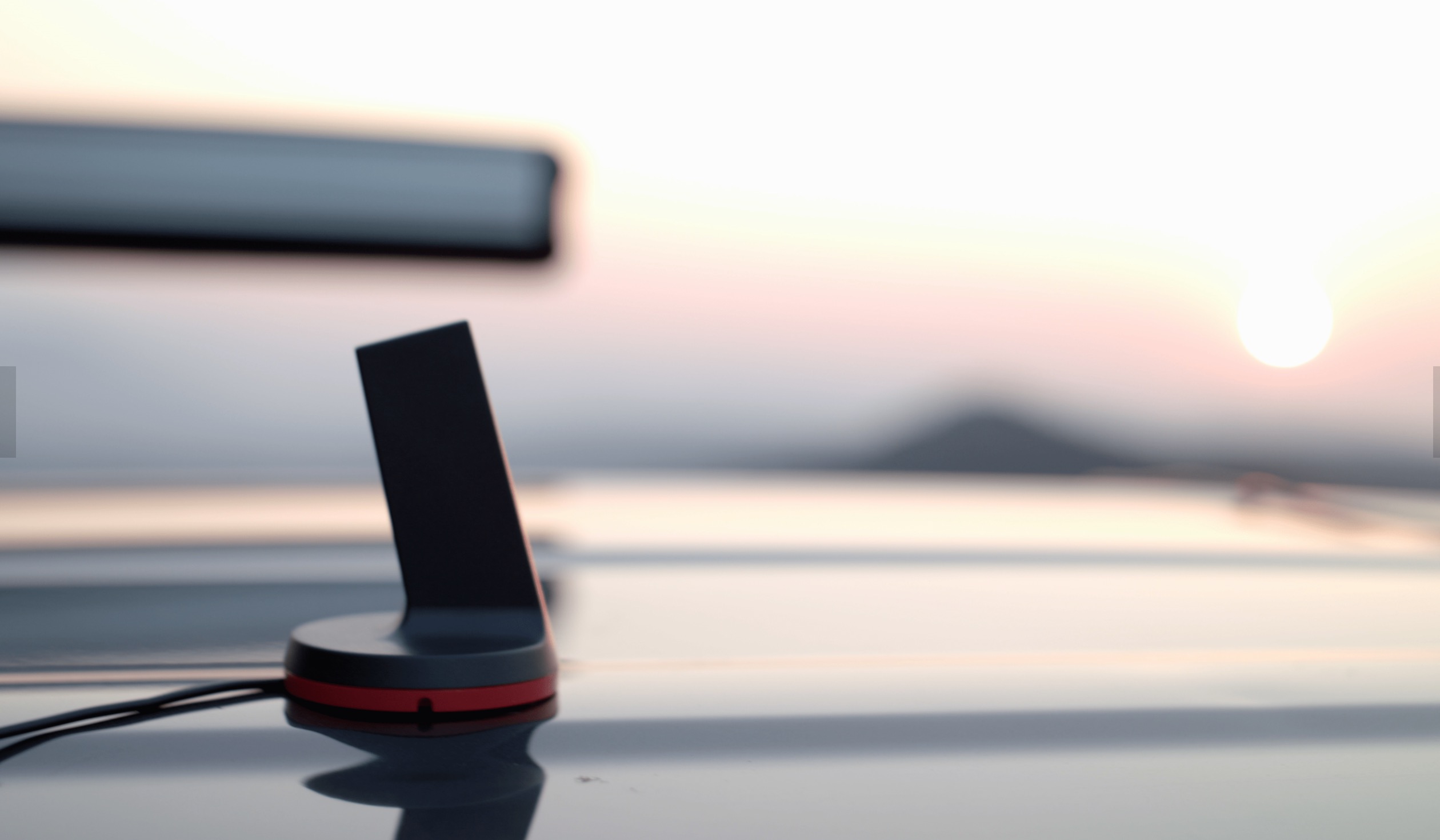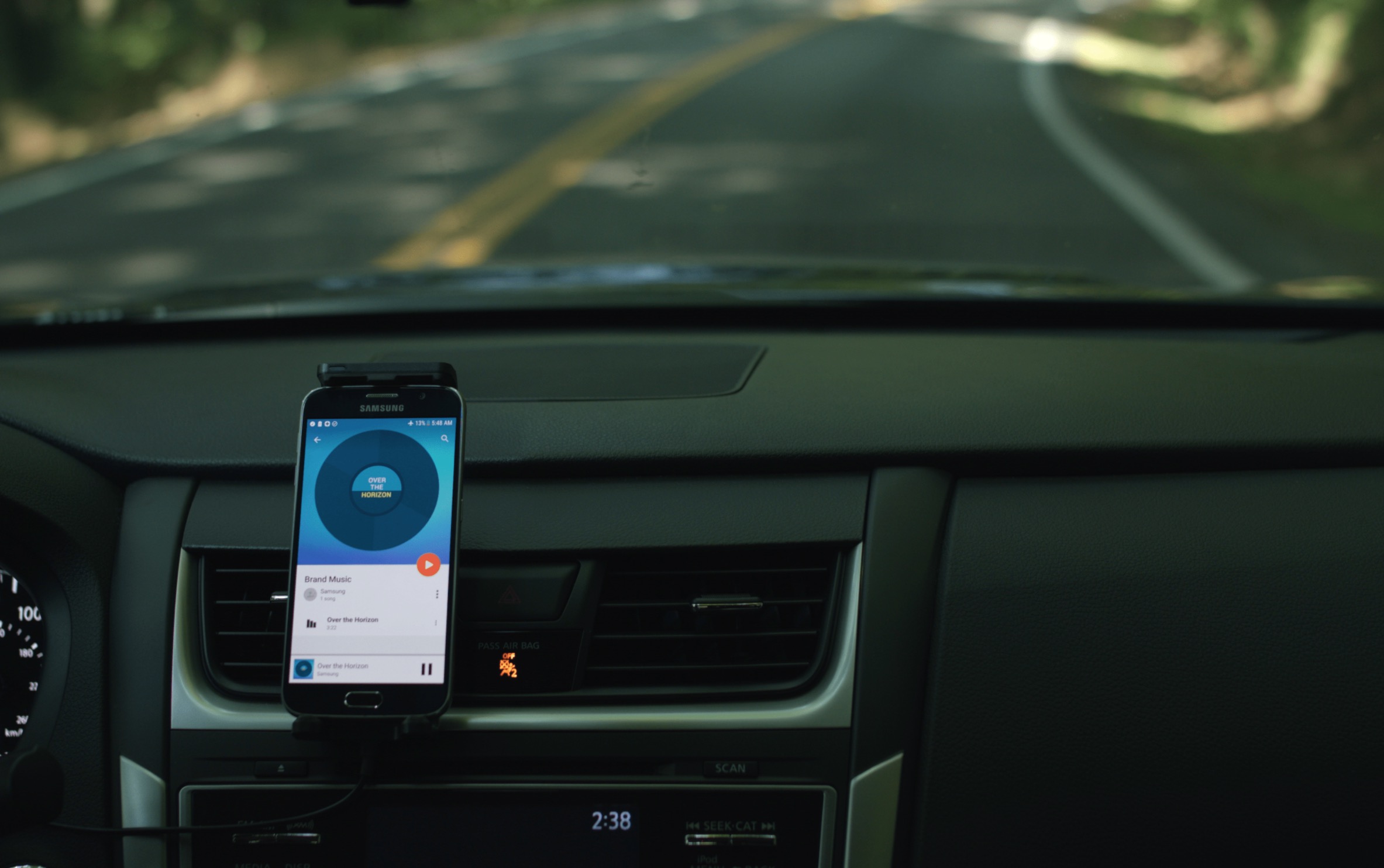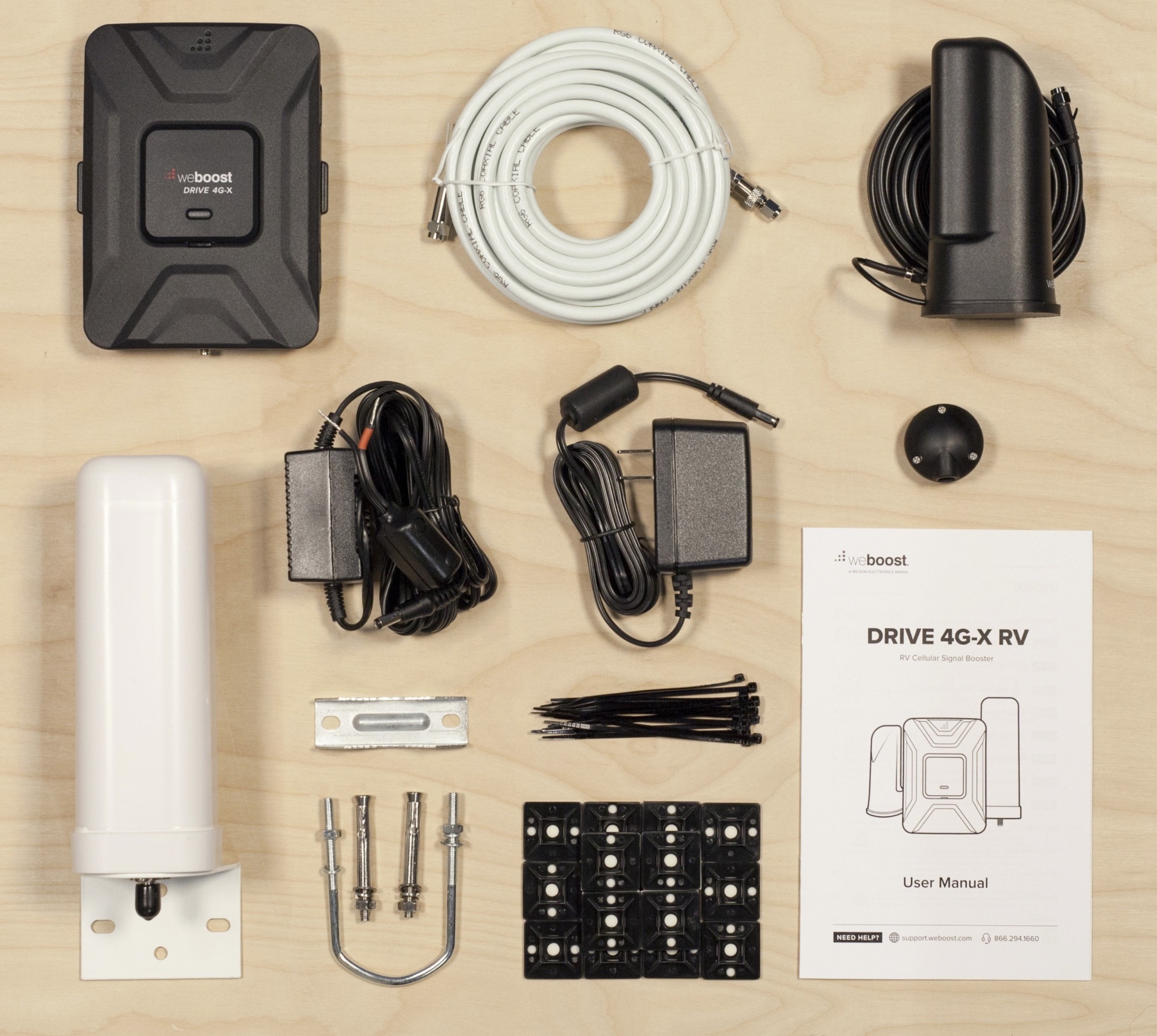
The Need for Speed: Top Cell Boosters for RVers
A few months ago I was in a conversation with a fellow RVer who shares my same view that life without bandwidth ... ain't life. Just recently at home, we switched to a gig Internet service which means there's no wait for a YouTube video to play and you can tell your cable company that you want to start dating other people.
My friend said, "If I could get the same Internet speed on the road that I can when I'm home with my cable modem, I'd probably go full-time." I love my urban downtown life when we're not traveling, but was shocked at how readily and comfortable my agreement with him was. Gimme a hundred megs anywhere and I'm out of here!
There's no doubt that fast data speed anywhere will happen in the future. It already has a name: 5G, and the big cell companies are racing to plant skinny antenna poles on every corner like spring saplings. It's coming, but it's going to take a while. In the meantime, what good is an unlimited data plan if you can't get a signal? That's where cell boosters help.
I (and others) have logged a lot of keyboard strokes about strategies to get data signals into a coach. To recap, there are two technologies: wifi and cellular. And though they are different, what they both have in common is that if you have a good antenna you can pull in a stronger signal. For a cell signal, both signal reception and amplification can help. And that's where cell boosters come in.
For years, I've used a Wilson Electronics cell booster in our Navion with great success and it often made the difference whether or not we could make a call or download e-mails. Several years ago, the company rebranded their products as weBoost and introduced a next-generation suite of products that are more powerful.
For RV owners, there are two weBoost products that stand out. The first is their more portable solution, the Drive Sleek. It's an updated version of their cradle mount system, but with some significant changes.
The Drive Sleek ($200) comes with a small magnetic mount antenna. It's really designed to be moved between cars, but that doesn't mean you can't use it for an RV installation. It needs to magnetically attach to a steel roof. But if you have a fiberglass one like our Navion, the big question is where can you mount it on the roof? The no-holes-to-drill answer is that you can affix any kind of small metal plate that's roughly 8-12" round or square to your roof with some 3M VHB tape and plop the magnetic antenna onto it. Then run the cable down the side of the coach and through a side window or door jam. If the coax interferes with closing a window you can consider drilling a 1/4" hole in the sidewall of the coach and thread it through to the interior with a little squirt of silicone sealant. If you drill a hole that does, however, commit you to a more permanent solution.
 The tiny antenna needs to attach to any surface that is magnetic.
The tiny antenna needs to attach to any surface that is magnetic.
With the coax now inside the coach, snake the wire to the small booster which may best be tucked under one of the front seats or up near the firewall under the carpet or floor mat. From there, you run a 12V power wire from your accessory power port to the amplifier and then a cable up to the boost cradle.
 A clever cradle system attaches to any dash vent at just about any angle.
A clever cradle system attaches to any dash vent at just about any angle.
For the Sleek system to work, your cell needs to rest in the very nicely designed cradle that is spring loaded to gently pinch your phone into place. weBoost has come up with an ingenious and powerful magnetic mount that allows you to affix the cradle to the fins of your vehicle's dashboard vents.
Stepping up to the Drive 4G-X RV system ($500) gives you a more robust antenna and the ability to boost signals to several devices inside the coach like a couple of cell phones and a mi-fi hotspot without them sitting in a cradle. This is the gold solution and is meant to be a permanent installation. It will require a few holes to be drilled and, depending on your coach, some creative strategies for running the coax cables.
 All the components for easily installing the Drive 4G-X RV are included. Rocket science degree is optional.
All the components for easily installing the Drive 4G-X RV are included. Rocket science degree is optional.
If you're reasonably handy, it's probably a short afternoon project, or it may be something you ask an RV dealer to do. weBoost has excellent documentation and support. The key thing you need to remember in figuring out where to place the indoor and outdoor antennas is that you want them about 10 to 20 feet away from each other. And any cell device you plan to use inside the coach should be 4-6 feet away from the inside antenna.
These days, we find that our iPhones and hotspot (we're on AT&T) almost always work better than local RV park or public wifi hotspots. And though we have an external wifi antenna, the convenience of the happens-in-the-background connection to the cell network eliminates monkeying with searching for wifi hotspots with a web browser connected to an internal coach router.
I'm a BIG fan of the weBoost products and these newer and more powerful models can make a huge difference in both voice and data connectivity.
Comments
Comments on this post are moderated, so they will not appear instantly. All relevant questions and helpful notes are welcome! If you have a service inquiry or question related to your RV, please reach out to the customer care team directly using the phone numbers or contact form on this page .